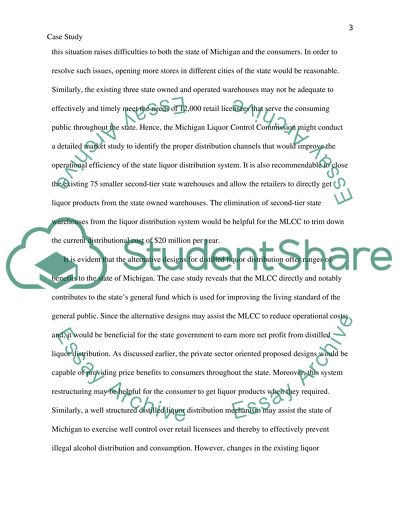Cite this document
(“Michigan Liquor Control Commission Research Paper”, n.d.)
Retrieved from https://studentshare.org/law/1580078-michigan-liquor-control-commission
Retrieved from https://studentshare.org/law/1580078-michigan-liquor-control-commission
(Michigan Liquor Control Commission Research Paper)
https://studentshare.org/law/1580078-michigan-liquor-control-commission.
https://studentshare.org/law/1580078-michigan-liquor-control-commission.
“Michigan Liquor Control Commission Research Paper”, n.d. https://studentshare.org/law/1580078-michigan-liquor-control-commission.


